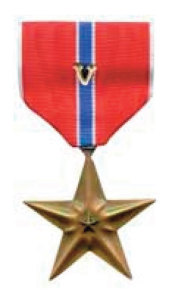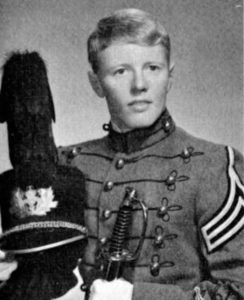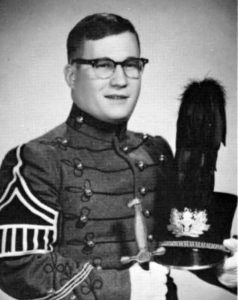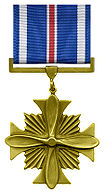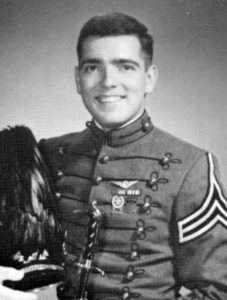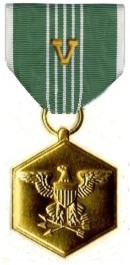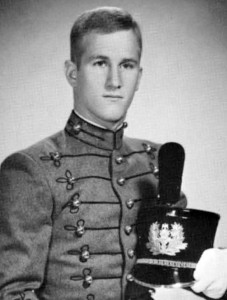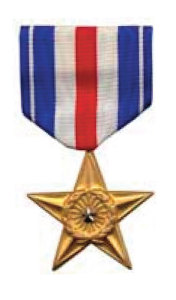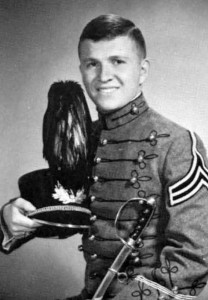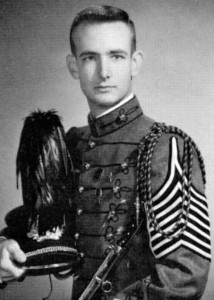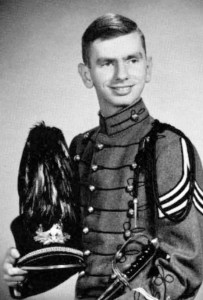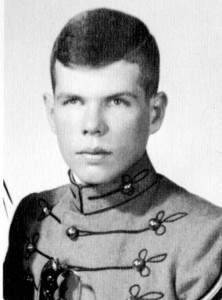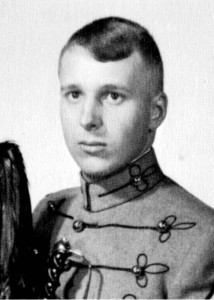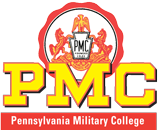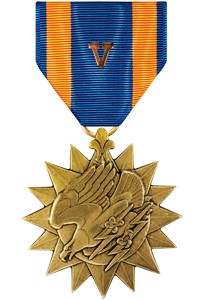
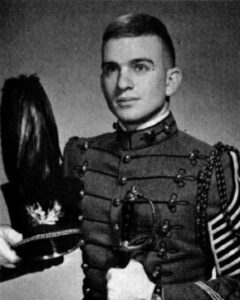
James L. Hogg
James L. Hogg
Class of 1969
F Troop, 4th US Cavalry, 1st Aviation Brigade
Air Medal w/Valor
For heroism in aerial flight against an entrenched enemy force preventing the rescue of a downed American pilot. 1LT Hogg distinguished himself while serving as an aero-rifle platoon leader in enemy controlled territory in the border area of Northern South Vietnam. Assembling a volunteer group from his platoon, and commanding a two aircraft force, 1LT Hogg quickly located the downed pilot a mere 50 meters from a manned enemy bunker line. He directed his aircraft to lay down suppressive fire while the second aircraft boarded the wounded pilot. Enemy fire was heavy and despite the danger, 1LT Hogg maintained the suppressive fire at great risk to his aircraft until the rescue aircraft was completely clear of the area.
